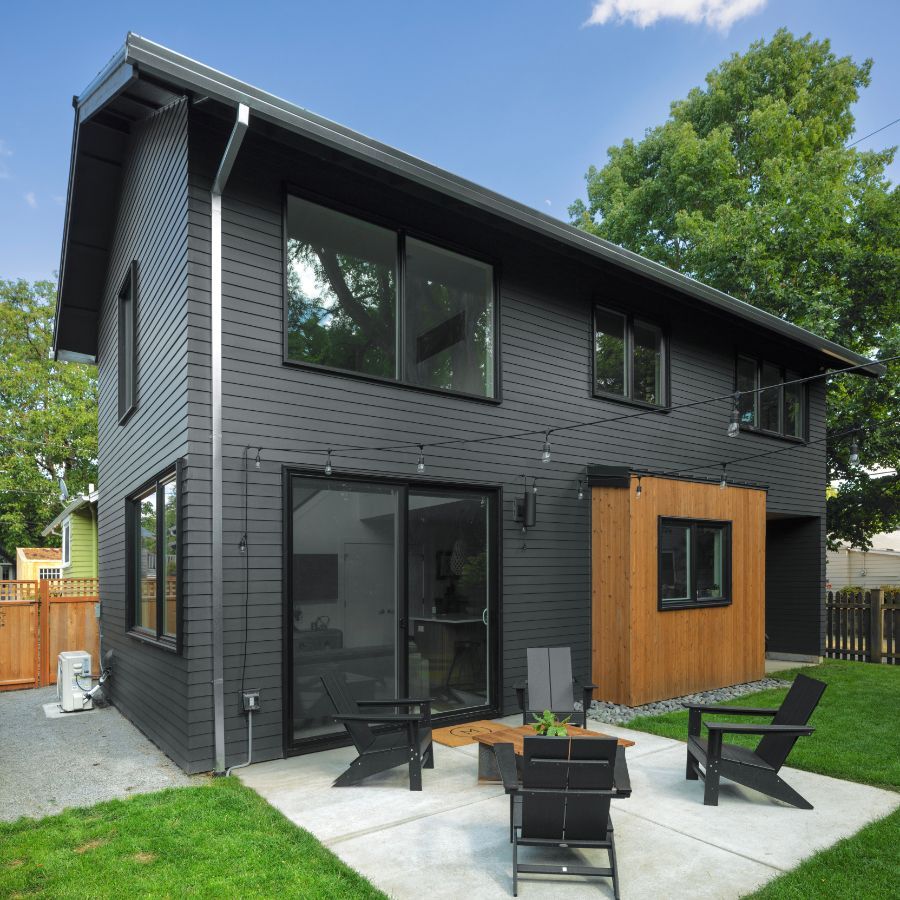ADUs and Junior ADUs, which one is the right one for your property?

With the real estate market as competitive as it is, many landlords are looking into building an Accessory Dwelling Unit (ADU) or Jr. ADU to improve their bottom line with additional monthly income. While this is a great way to earn more, you need to be sure you’re investing in the right upgrade to your property.
Below are some of the key differences between ADUs and Jr. ADUs; this way, you can make the right decision for your property.
Differences between Junior ADUs and ADUs
On the surface, the primary difference between an ADU and a Jr. ADU is the square footage. However, there are many considerations for each type of ADU, significant differences include costs and build limitations.
ADUs are generally seen as a larger and more versatile build when compared to a Jr. ADU. They can be built detached from the main home, converting an existing structure, most commonly the garage. In Long Beach, an ADU can be up to 800 square feet or 50% of the gross floor area of the primary dwelling, whichever is smaller. For reference, an 800 sqft living space can be arranged as a 2-bedroom 1-bath home, though with creative use of the space, many investors have been able to fit 2 bedrooms and 2 bathrooms comfortably. If listing the ADU for rent is the goal, this can produce a higher yield, though at the cost of a higher initial investment.
Jr. ADU, on the other hand, can only be a maximum of 500 sqft and must be built attached to the existing single-family home. While you can build an entire new addition to accommodate the Jr. ADU, it's not uncommon for homeowners whose homes are bigger than they need to convert a bedroom into a Jr. ADU in order to have
additional income. A Jr. ADU does still require an efficient kitchen. Bathrooms can be shared with the main house, though this can deter some prospective tenants. Additionally, the utilities are oftentimes shared with the main house, which can simplify installation, though it can complicate utility costs with your tenant.
When an ADU is Right
Being able to build a full ADU provides an entirely separate and private living space, which is more desirable to prospecting tenants. This is the preferred choice for most investors, especially those who have unused space in their property. By being built apart from the main house, an ADU may cause less disturbance to those living in the main house, whether that be yourself or another tenant. In Long Beach, CA. ADUs can’t be listed as short-term rentals on apps like Airbnb; that being said, an ADU can command more in rent because of the aforementioned features. If you’re looking for a long-term investment, ADUs increase your property’s value while generating a consistent cash flow. Finally, if you ever plan on selling your rental property, the additional ADU can improve the appeal of your property to future buyers.
When a Jr. ADU is Right
While a Jr. ADU doesn’t have the same potential as a full-sized ADU, Jr. ADUs are far more budget-friendly. These are a great option for investors who have limited funds. Since Jr. ADUs generally require less work to be done in less time, allowing you to begin making a return sooner. Finally, if your property doesn’t qualify for a full-sized ADU permit due to the size of the property lot, a Jr. ADU can be built primarily through interior work, which may only require reconfiguring existing interior space.
Whether you choose a full-sized ADU or a Jr. ADU, the decision depends on more than just the size of the structure, you’ll have to manage filling the vacancy and managing the new tenant. If you need help choosing
which ADU is right for you or you need help managing your Beach City rental property, we invite you to call us today at (562) 888-0247 or complete our
Owner Application online.





